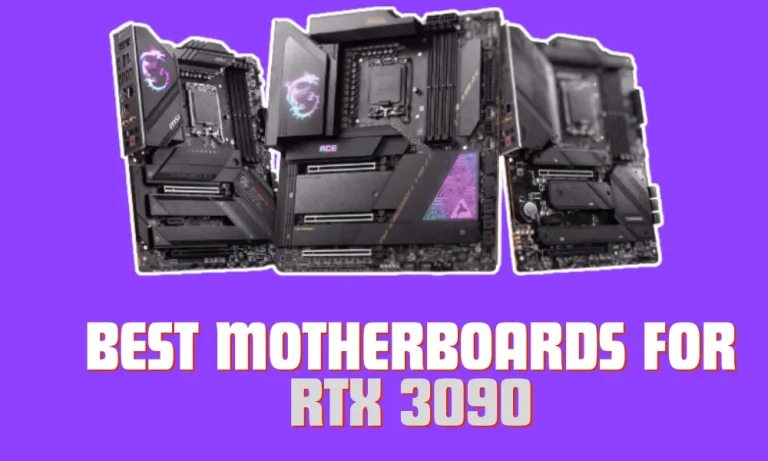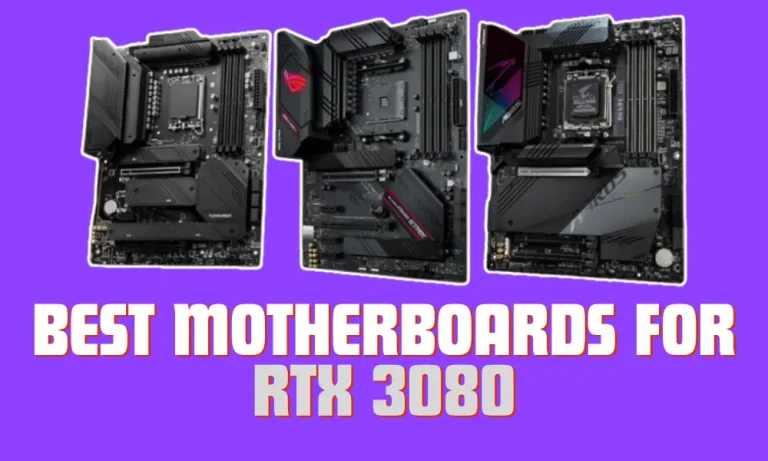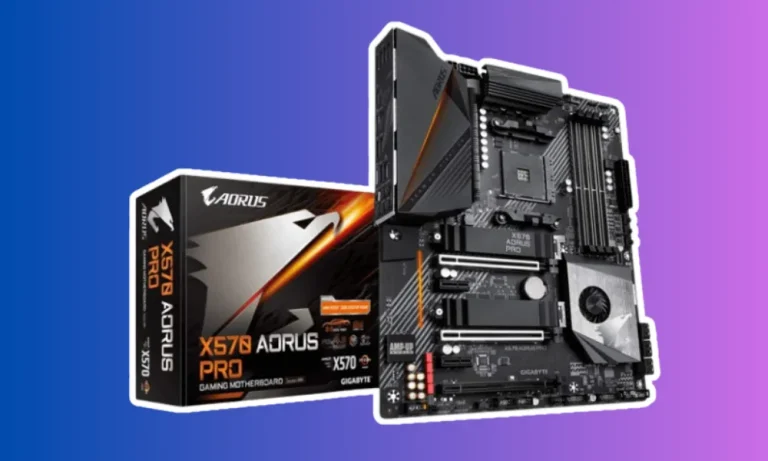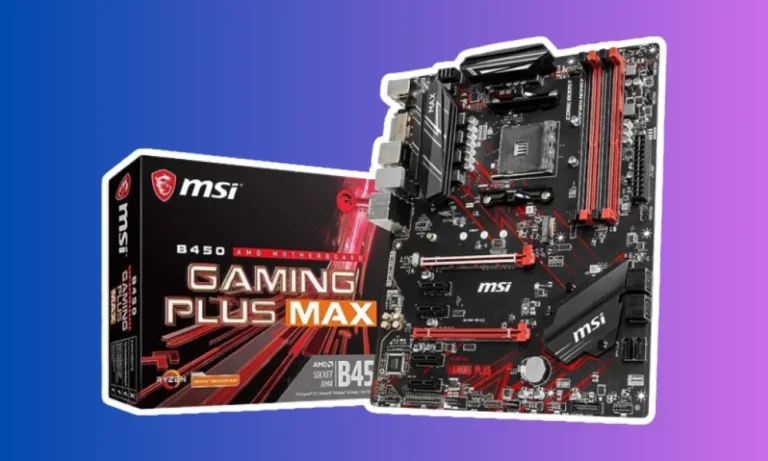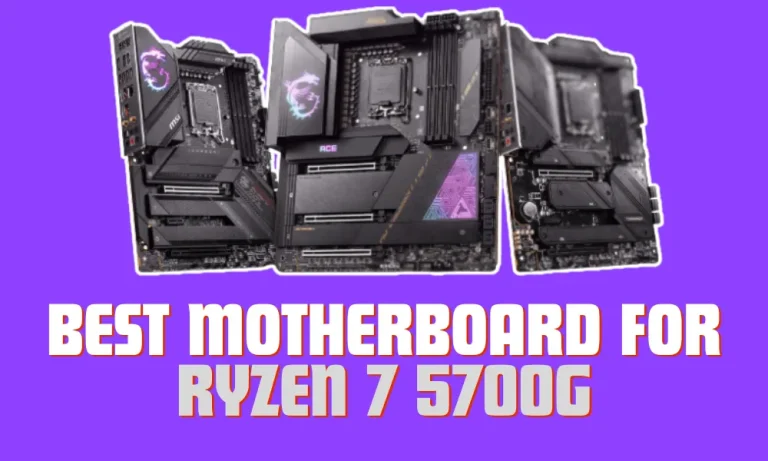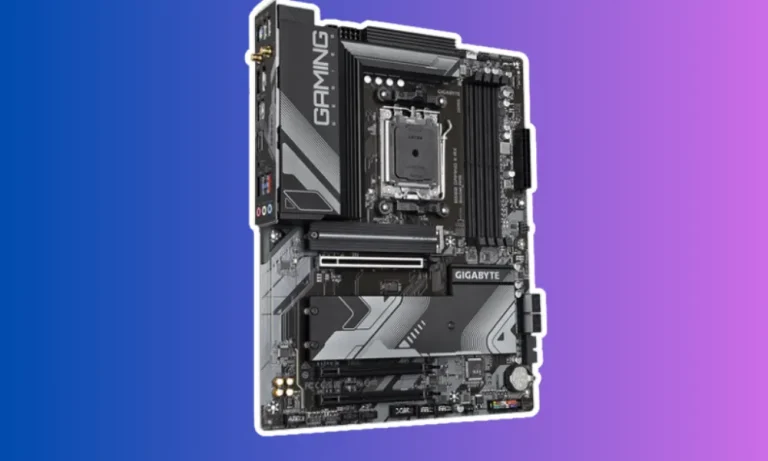Can a Motherboard Bottleneck a GPU?
Have you ever wondered if your motherboard can hinder the performance of your shiny new GPU? Well, in this blog post, we’ll dive into the world of motherboard-GPU compatibility and explore whether a bottleneck can occur. Get ready to unravel the mysteries of gaming hardware performance!
Understanding Motherboard Compatibility
When it comes to building a gaming PC or upgrading your existing rig, understanding motherboard compatibility is crucial.
Your motherboard plays a significant role in determining whether your GPU will work seamlessly or encounter bottlenecks.
Importance of Motherboard Compatibility for a GPU
A compatible motherboard ensures that your GPU functions optimally without any performance limitations. It establishes a connection between the GPU and other essential components, such as the CPU and RAM.
The motherboard acts as the central hub, facilitating data transfer and power delivery to the GPU. If your motherboard is not compatible, it can lead to reduced performance and even prevent the GPU from functioning altogether.
Different Motherboard Form Factors and Their Impact on GPU Installation
Motherboards come in various form factors, such as ATX, Micro-ATX, and Mini-ITX. These form factors determine the physical size and layout of the motherboard, which, in turn, affects the installation of your GPU.
- ATX: ATX motherboards are the most common and offer more expansion slots for additional GPUs. They provide ample space and are suitable for high-performance gaming setups.
- Micro-ATX: Micro-ATX motherboards are smaller in size, making them ideal for compact builds. They have fewer expansion slots, which may limit the number of GPUs you can install.
- Mini-ITX: Mini-ITX motherboards are the smallest form factor and are great for small form factor builds. However, they usually have only one PCIe slot, allowing for a single GPU.
It’s essential to choose a motherboard with the right form factor that suits your GPU requirements and fits your overall PC build. Consider your desired level of performance, available space, and future upgrade possibilities when selecting the motherboard form factor.
Factors Influencing GPU Performance
When it comes to maximizing the performance of your GPU, several factors come into play.
Understanding how these factors affect GPU performance is essential for optimizing your gaming experience.
CPU and PCIe Compatibility: How They Affect GPU Performance
The CPU and PCIe slots on your motherboard play a crucial role in determining GPU performance. The CPU’s processing power and the number of PCIe lanes available can significantly impact the data transfer rate between the CPU and GPU.
If your CPU is not powerful enough or the PCIe slots are limited, it can create a bottleneck and hinder GPU performance.
Ensuring compatibility between your CPU and motherboard, as well as having sufficient PCIe lanes, is vital for optimal GPU performance.
RAM Speed and Capacity: Impact on GPU Performance
RAM, or Random Access Memory, also affects GPU performance. The speed and capacity of your RAM determine how efficiently data can be transferred between the GPU and other components.
Insufficient RAM or slow RAM speed can result in slower data transfer, causing the GPU to underperform.
It is recommended to have an adequate amount of fast RAM, preferably in dual-channel configuration, to support the GPU’s data processing requirements.
Power Supply Considerations for Optimal GPU Performance
Adequate power supply is crucial for optimal GPU performance. GPUs are power-hungry components, and insufficient power delivery can limit their performance.
Ensure that your power supply unit (PSU) has enough wattage to meet the requirements of your GPU and other components.
Additionally, look for PSUs with high-quality power delivery and sufficient PCIe power connectors to provide stable and reliable power to the GPU.
Identifying Bottlenecks
To ensure optimal GPU performance, it’s essential to identify any potential bottlenecks that may be hindering its capabilities.
Techniques to Identify if a Motherboard is Causing a Bottleneck
If you suspect that your motherboard might be limiting your GPU’s performance, there are a few techniques you can employ to investigate further. Firstly, check if your motherboard’s PCIe slot is compatible with the GPU’s specifications.
Ensure that the slot supports the necessary bandwidth and is not limited to lower speeds. Additionally, monitor the CPU usage while running graphically intensive tasks.
If the CPU is consistently maxed out while the GPU remains underutilized, it could indicate a bottleneck caused by the motherboard.
Monitoring Software and Benchmarks to Assess GPU Performance
To gain deeper insights into your GPU’s performance, you can utilize monitoring software and benchmarks.
Monitoring software, such as MSI Afterburner or GPU-Z, allows you to track the GPU’s temperature, clock speed, and utilization in real-time. By monitoring these metrics, you can identify any abnormalities or performance bottlenecks.
Benchmarks, on the other hand, provide a standardized way to compare your GPU’s performance against others.
Popular benchmarking tools like 3DMark or Unigine Heaven benchmark can stress test your GPU and provide scores that can be compared with similar systems.
By running benchmarks, you can assess how well your GPU is performing and identify any potential bottlenecks.
Overcoming Bottlenecks
If you’ve identified that your motherboard is causing a bottleneck in your GPU’s performance, it’s time to take action.
Upgrading the Motherboard to Eliminate Bottlenecks
Upgrading your motherboard can be an effective way to eliminate bottlenecks and unleash the full potential of your GPU. Look for a motherboard that supports the latest PCIe standards and offers multiple high-speed PCIe slots.
This will ensure that your GPU can communicate with the CPU at optimal speeds, reducing any potential performance limitations.
Additionally, consider the power delivery capabilities of the motherboard to ensure a stable and reliable power supply to the GPU.
Tips for Choosing a Motherboard to Avoid GPU Bottlenecks
When selecting a motherboard to avoid GPU bottlenecks, there are a few key factors to consider.
Firstly, ensure compatibility between the motherboard and CPU, as well as the necessary PCIe slots for your GPU.
Look for motherboards with ample PCIe lanes to support high-speed data transfer.
Additionally, consider the VRM (Voltage Regulator Module) design and quality, as it affects the stability of power delivery to the GPU.
Another important factor is the number and speed of RAM slots. Opt for a motherboard that supports sufficient RAM capacity and high-speed RAM modules.
This will ensure smooth data transfer between the GPU and RAM, avoiding any potential bottlenecks.
Lastly, consider the overall build quality and reliability of the motherboard. Look for reputable brands known for their durability and performance.
Reading reviews and gathering user feedback can provide valuable insights into the motherboard’s performance and suitability for your needs.
FAQs
What does it mean for a motherboard to bottleneck a GPU?
When a motherboard restricts the performance of a graphics processing unit (GPU) due to its limitations, it is referred to as a bottleneck. This can result in reduced graphics performance and prevent the GPU from reaching its full potential.
How can a motherboard bottleneck a GPU?
A motherboard can bottleneck a GPU in several ways, such as having an outdated or incompatible PCIe slot, limited power delivery capabilities, insufficient memory or bandwidth support, or inadequate cooling solutions. These limitations can hinder the GPU’s performance and limit its ability to process graphics-intensive tasks.
Can a low-end motherboard bottleneck a high-end GPU?
Yes, a low-end motherboard can potentially bottleneck a high-end GPU. If the motherboard lacks the necessary features or specifications required to fully support the high-end GPU, it can restrict its performance and prevent it from operating at its maximum capacity.
How can I determine if my motherboard is bottlenecking my GPU?
To identify whether your motherboard is bottlenecking your GPU, you can monitor the GPU usage during demanding tasks or run benchmark tests. If the GPU usage remains low while the CPU usage is high, it may indicate a bottleneck caused by the motherboard.
Can upgrading the motherboard resolve GPU bottlenecks?
Upgrading the motherboard can potentially alleviate GPU bottlenecks, especially if the new motherboard offers better compatibility and features. However, it’s important to consider other factors like CPU, RAM, and storage as they can also impact overall system performance.
Conclusion
A motherboard can indeed bottleneck a GPU’s performance. If the motherboard’s PCIe slot is not compatible or limited in bandwidth, it can hinder data transfer between the GPU and CPU.
Upgrading the motherboard and choosing one that supports the latest standards can eliminate bottlenecks and optimize GPU performance.

